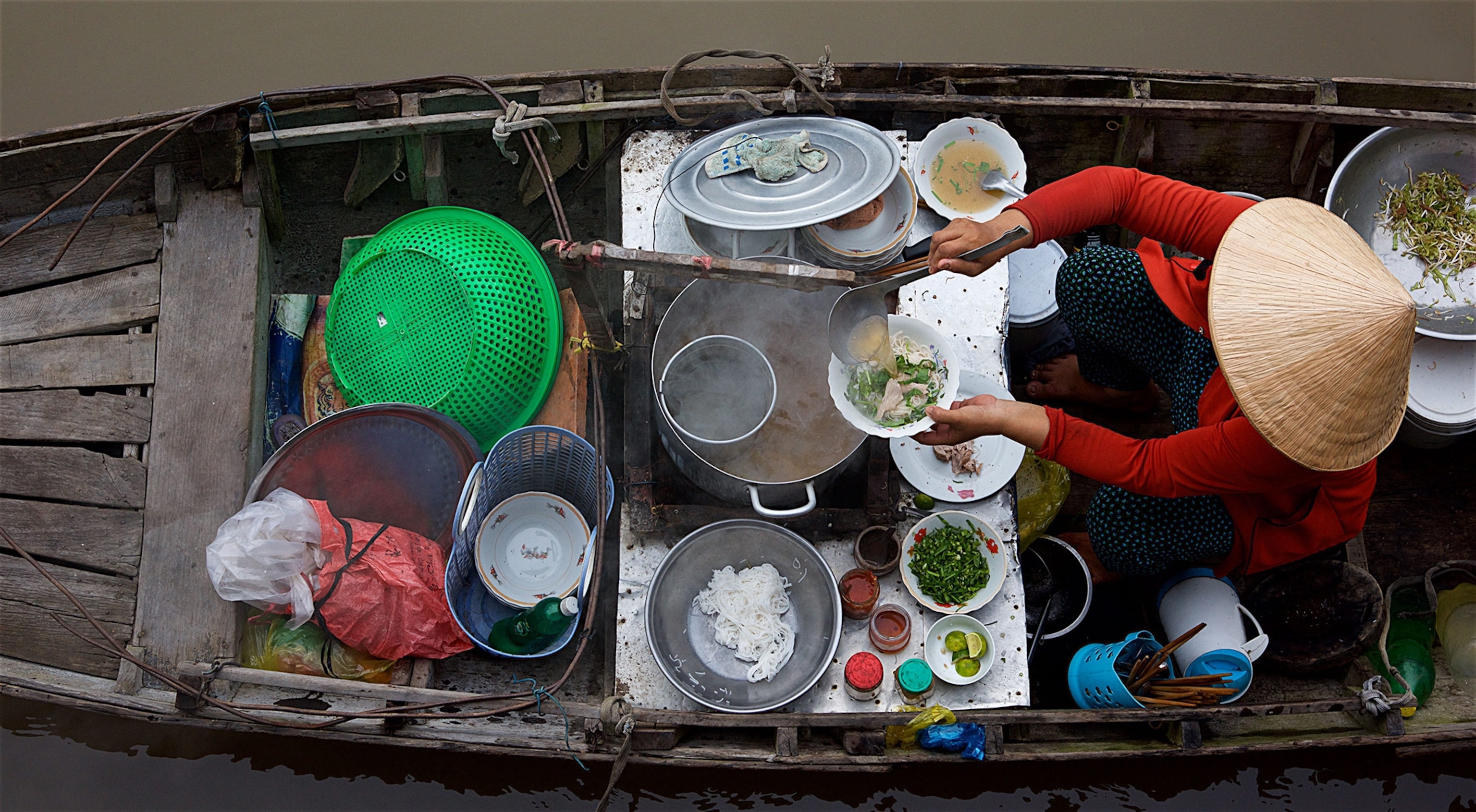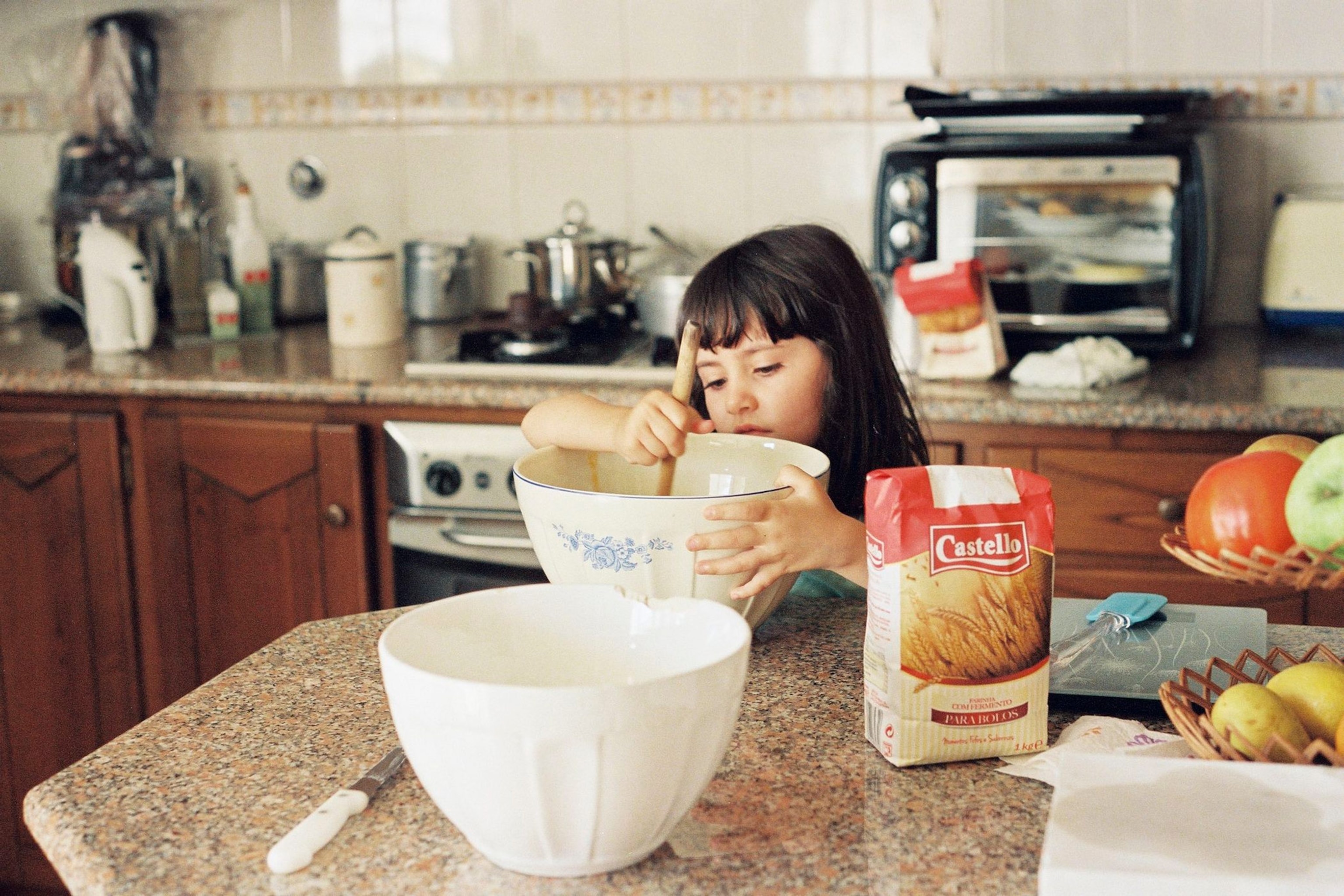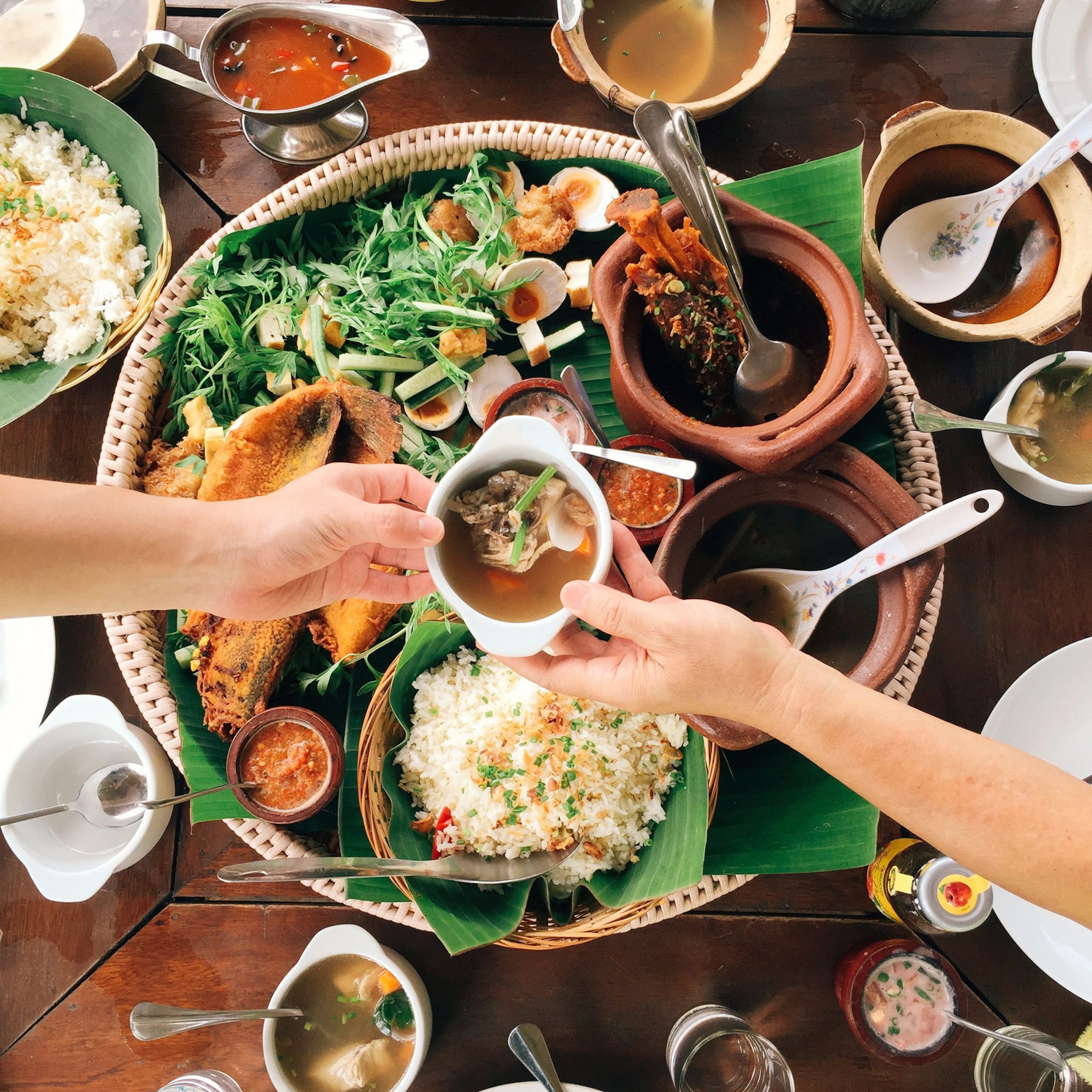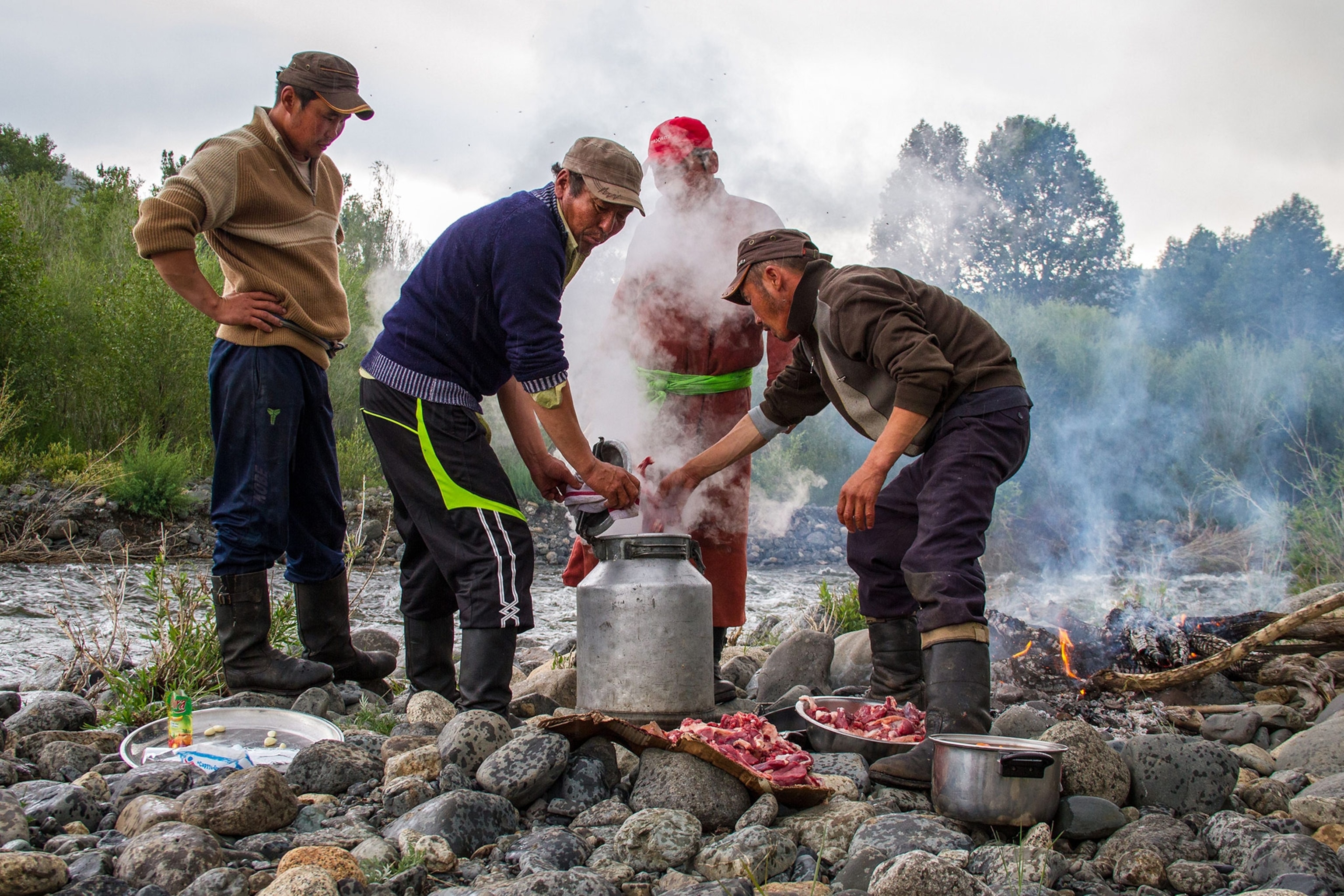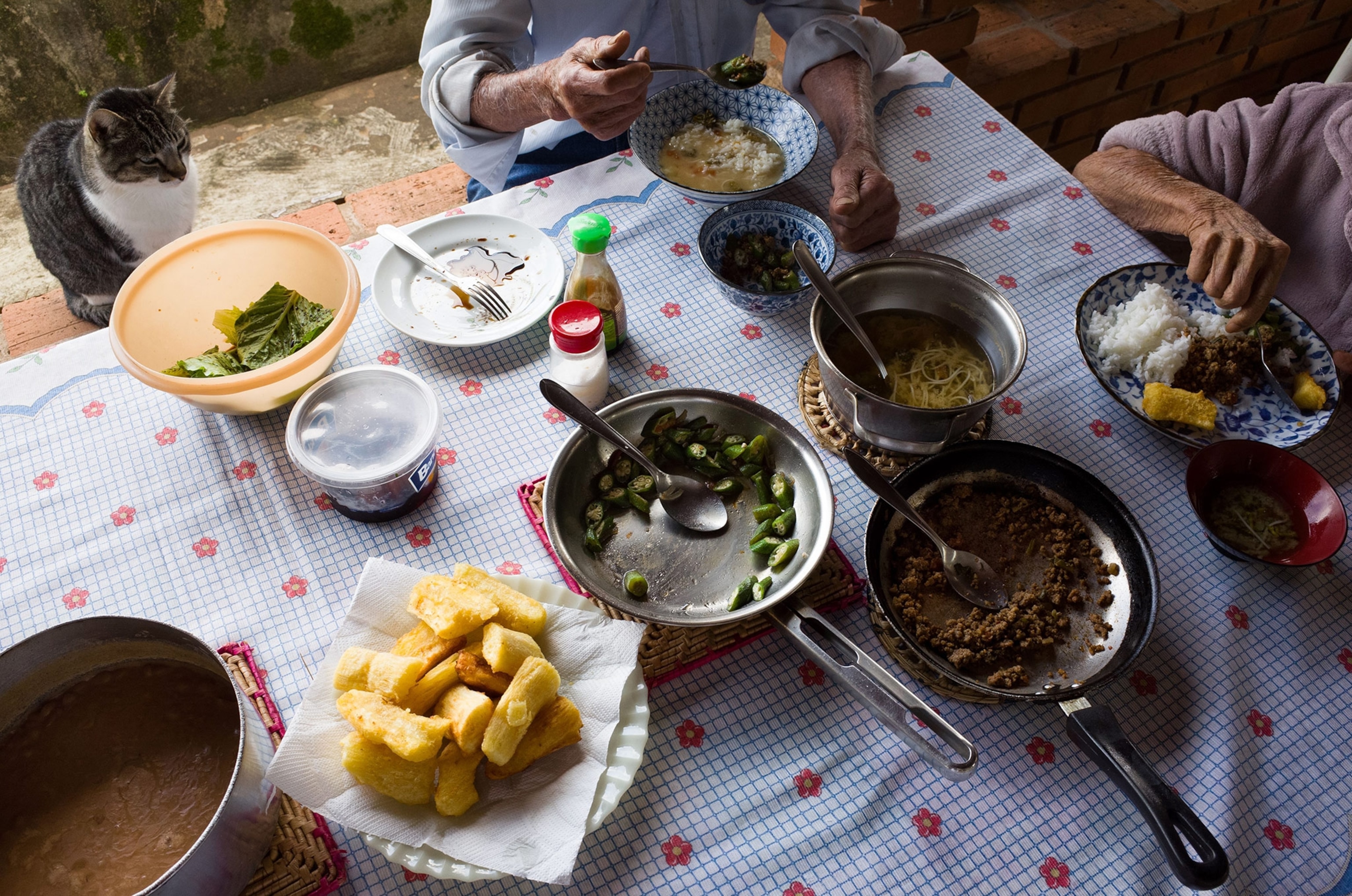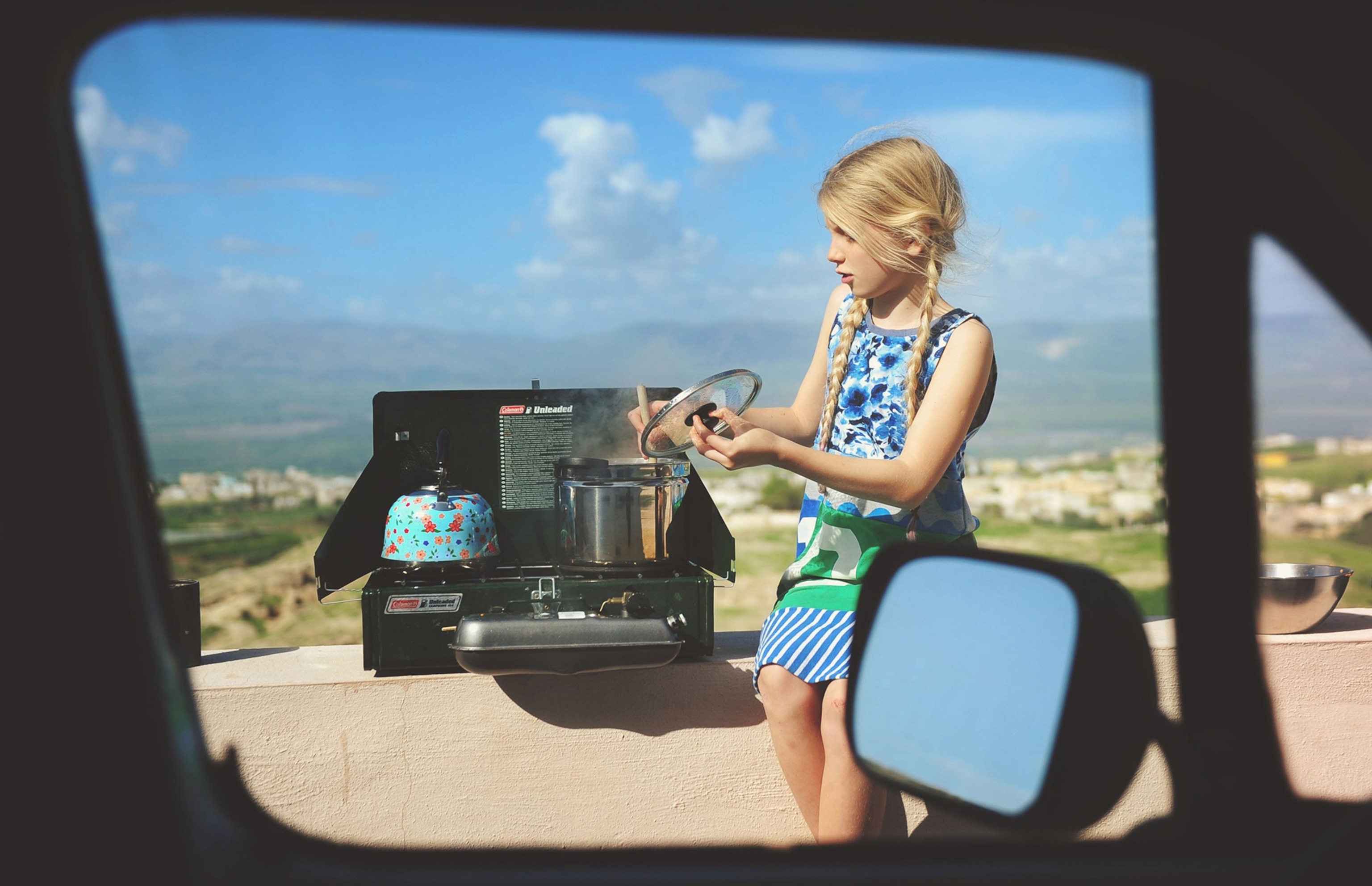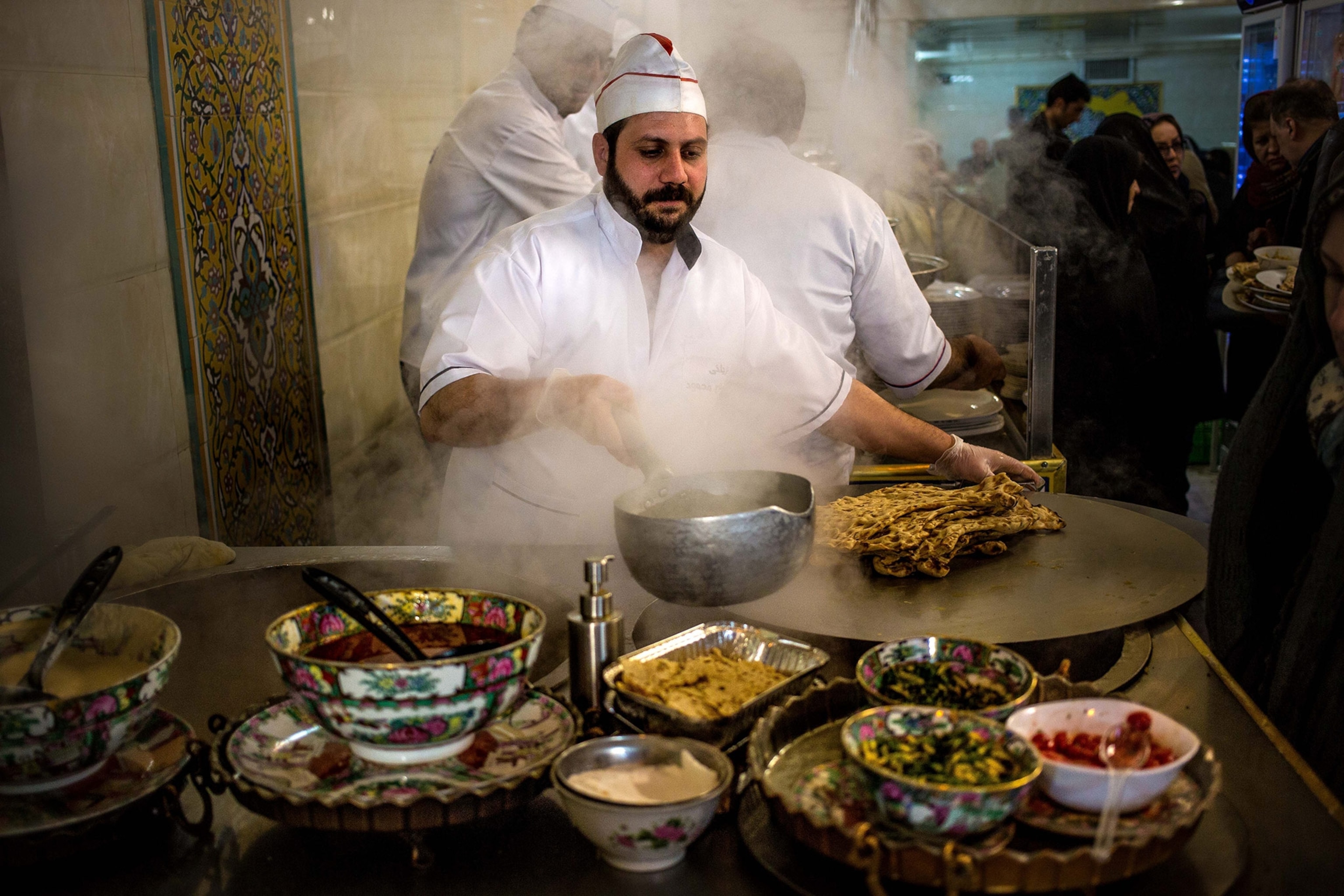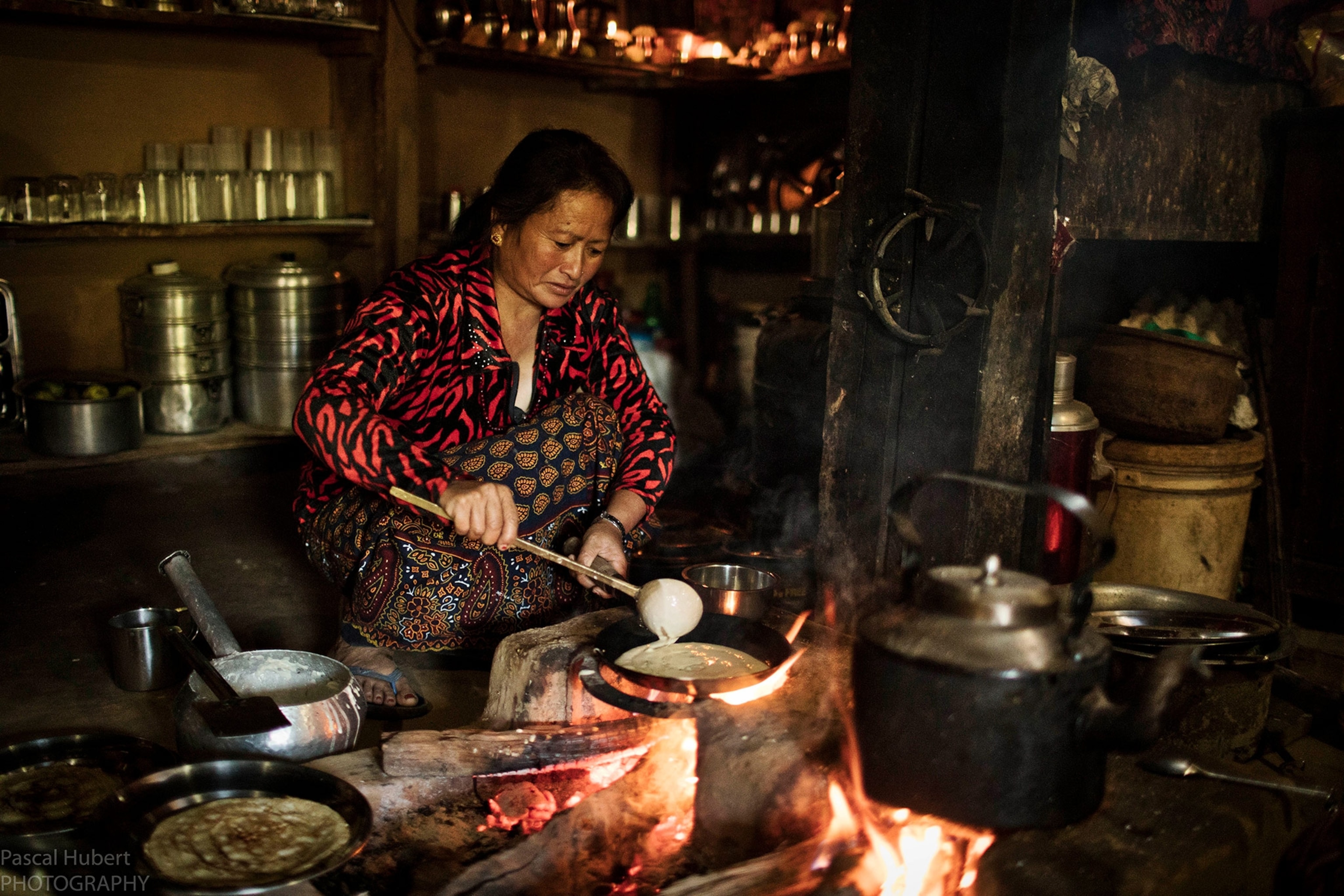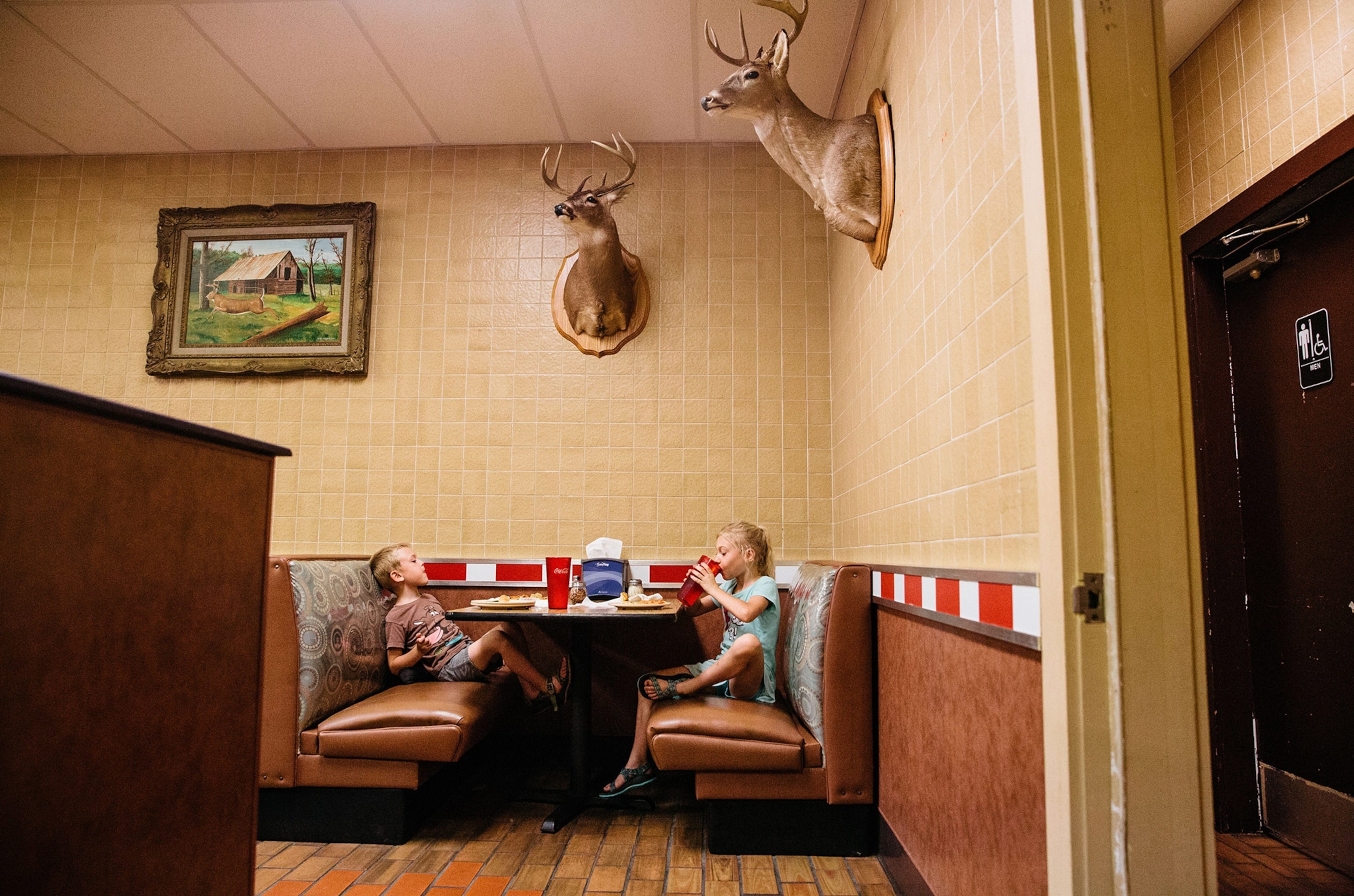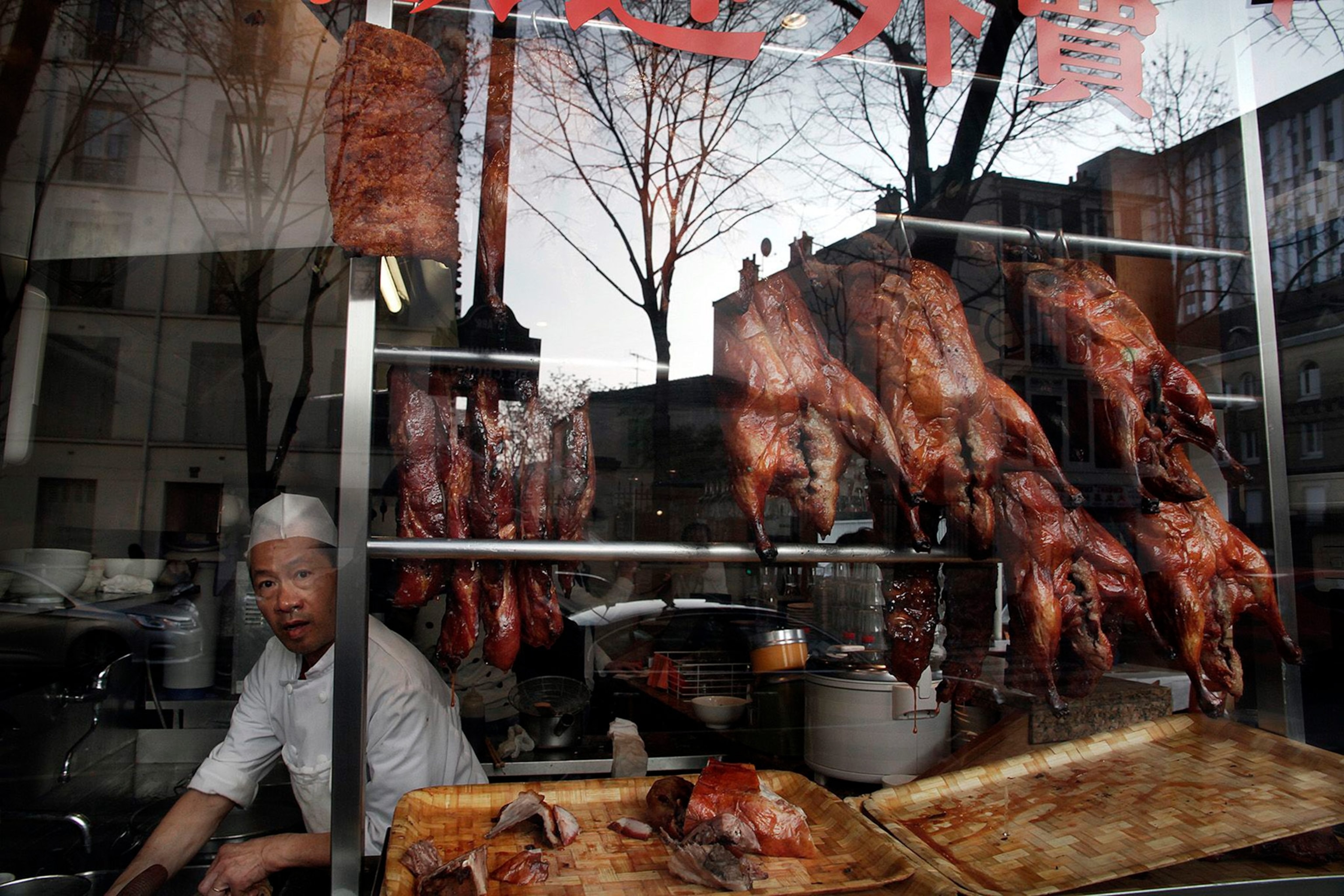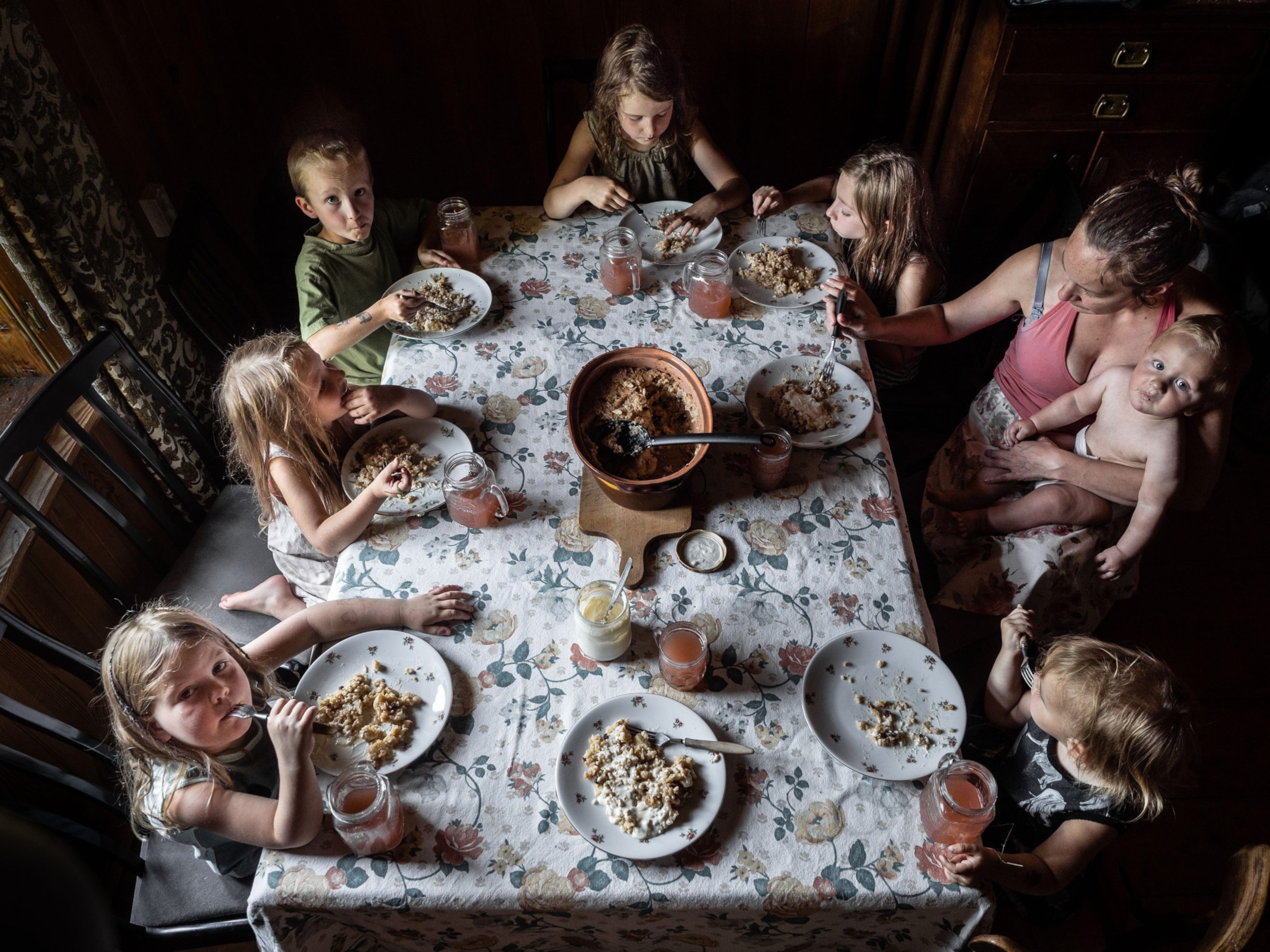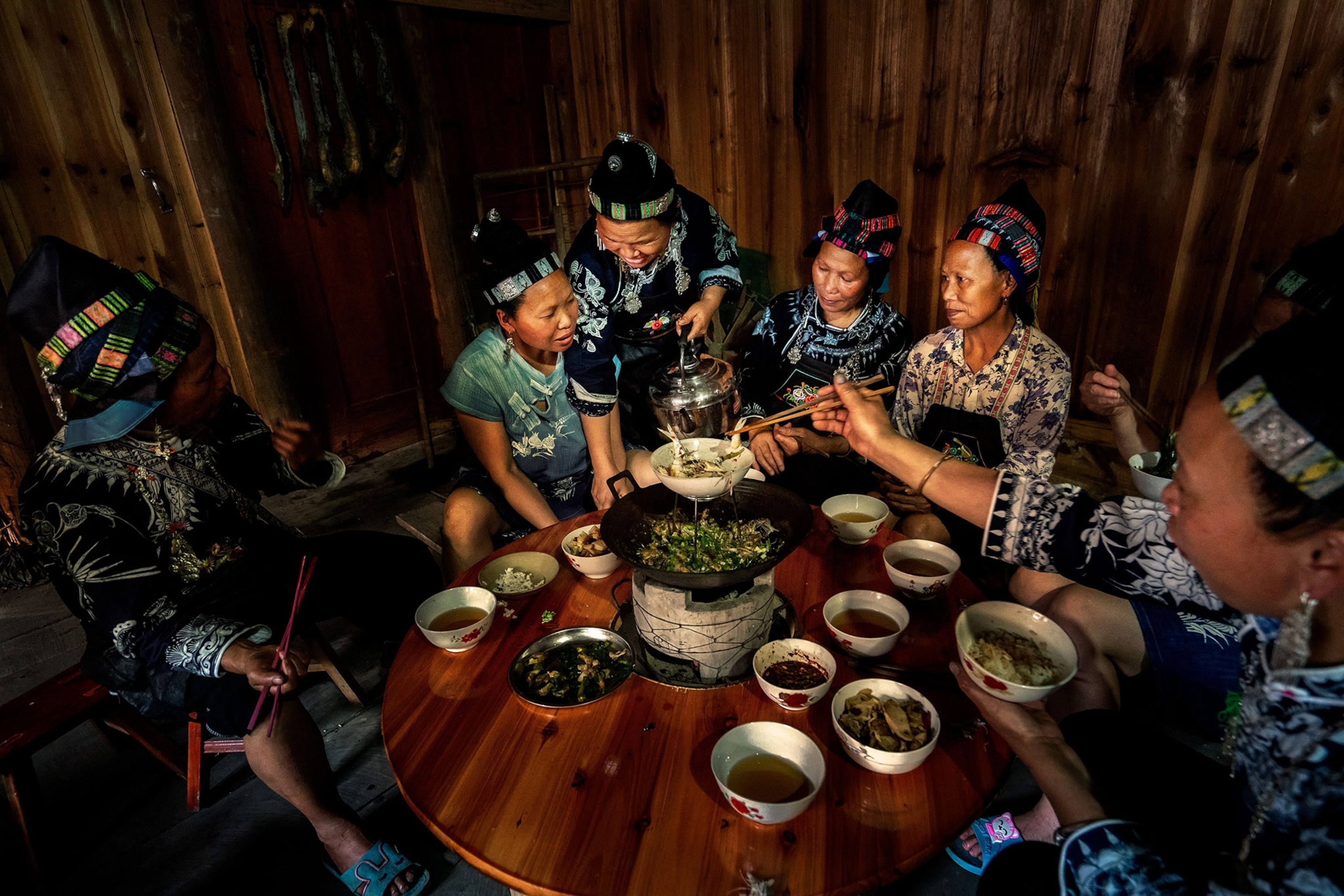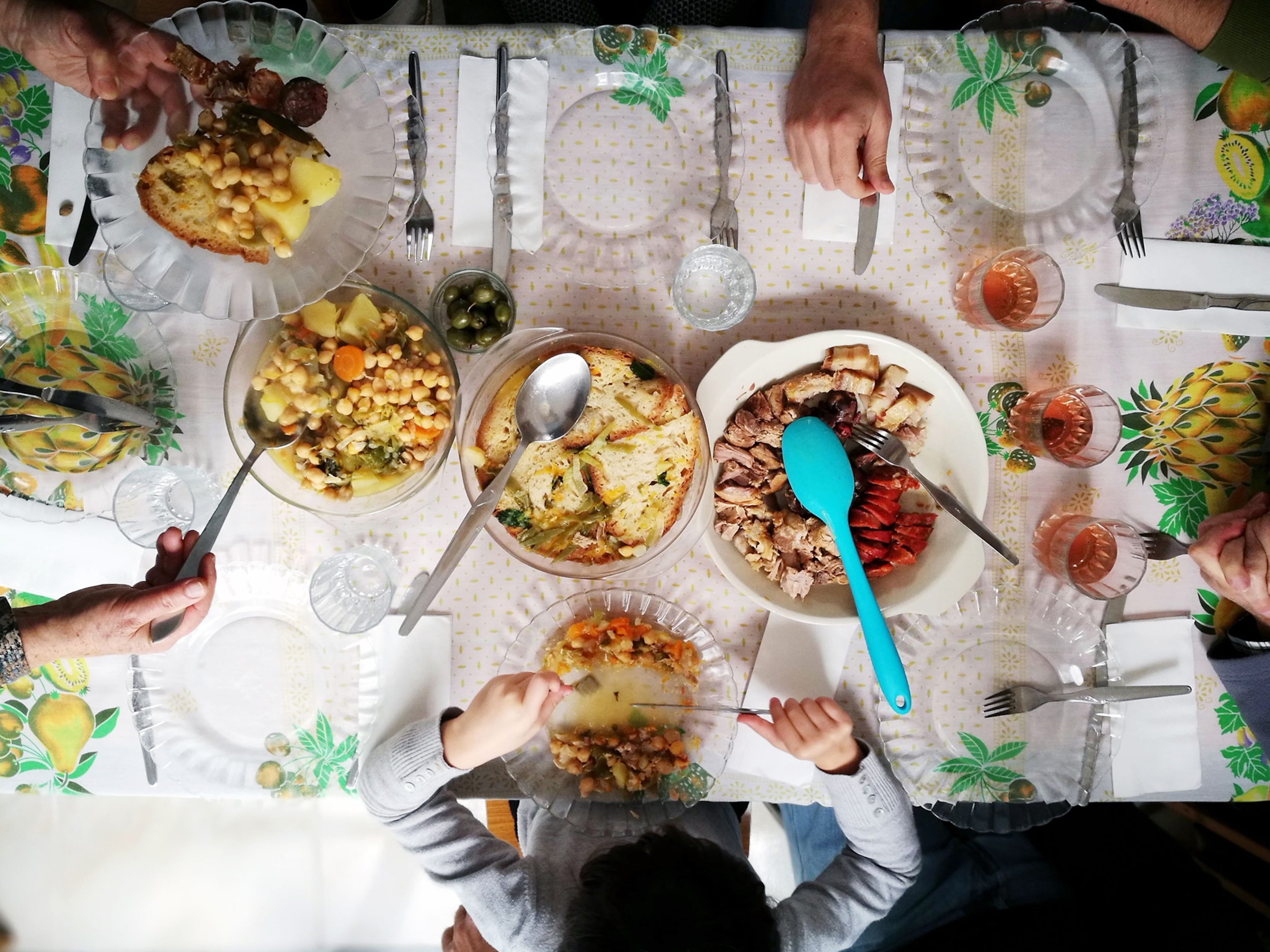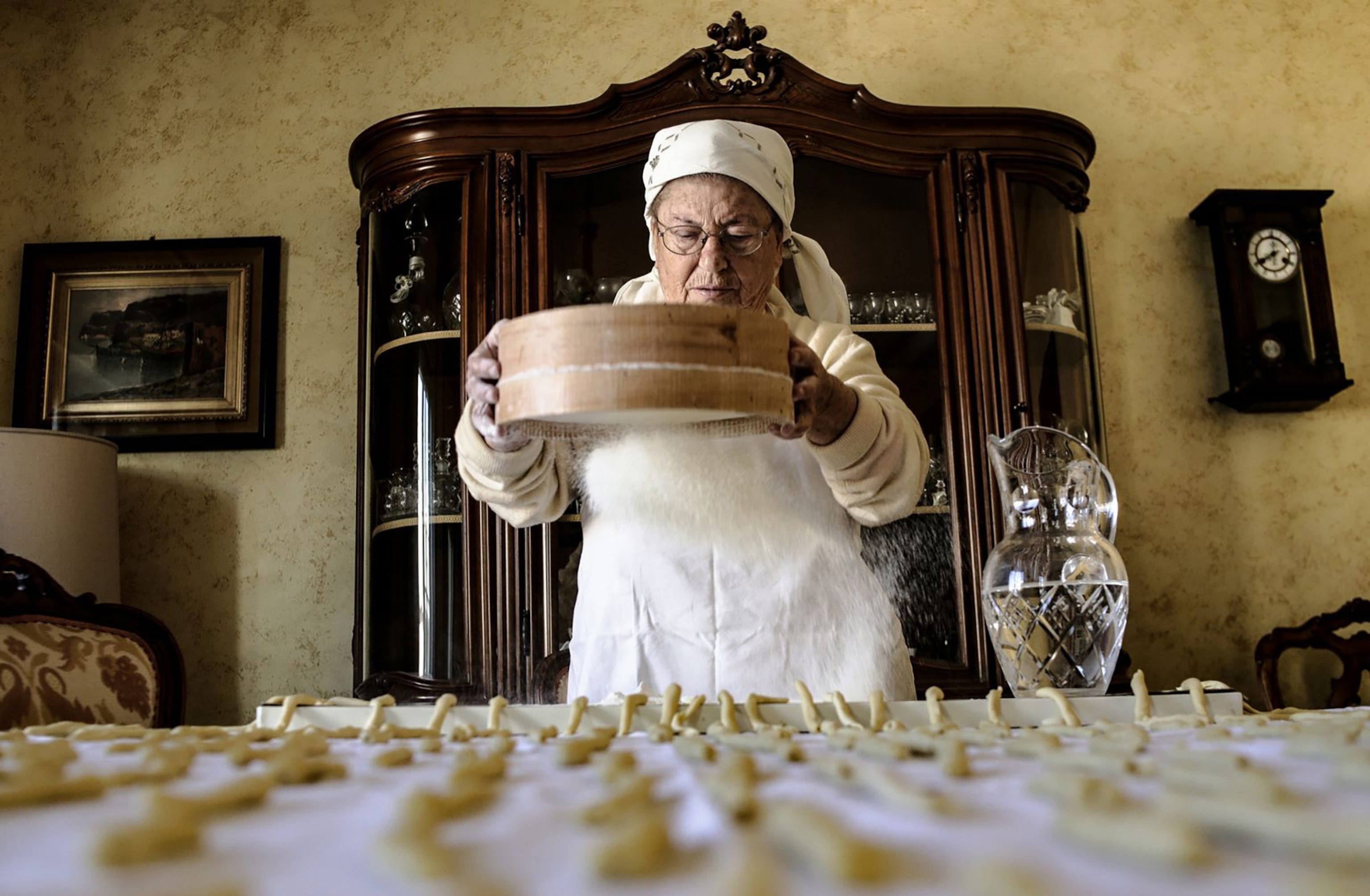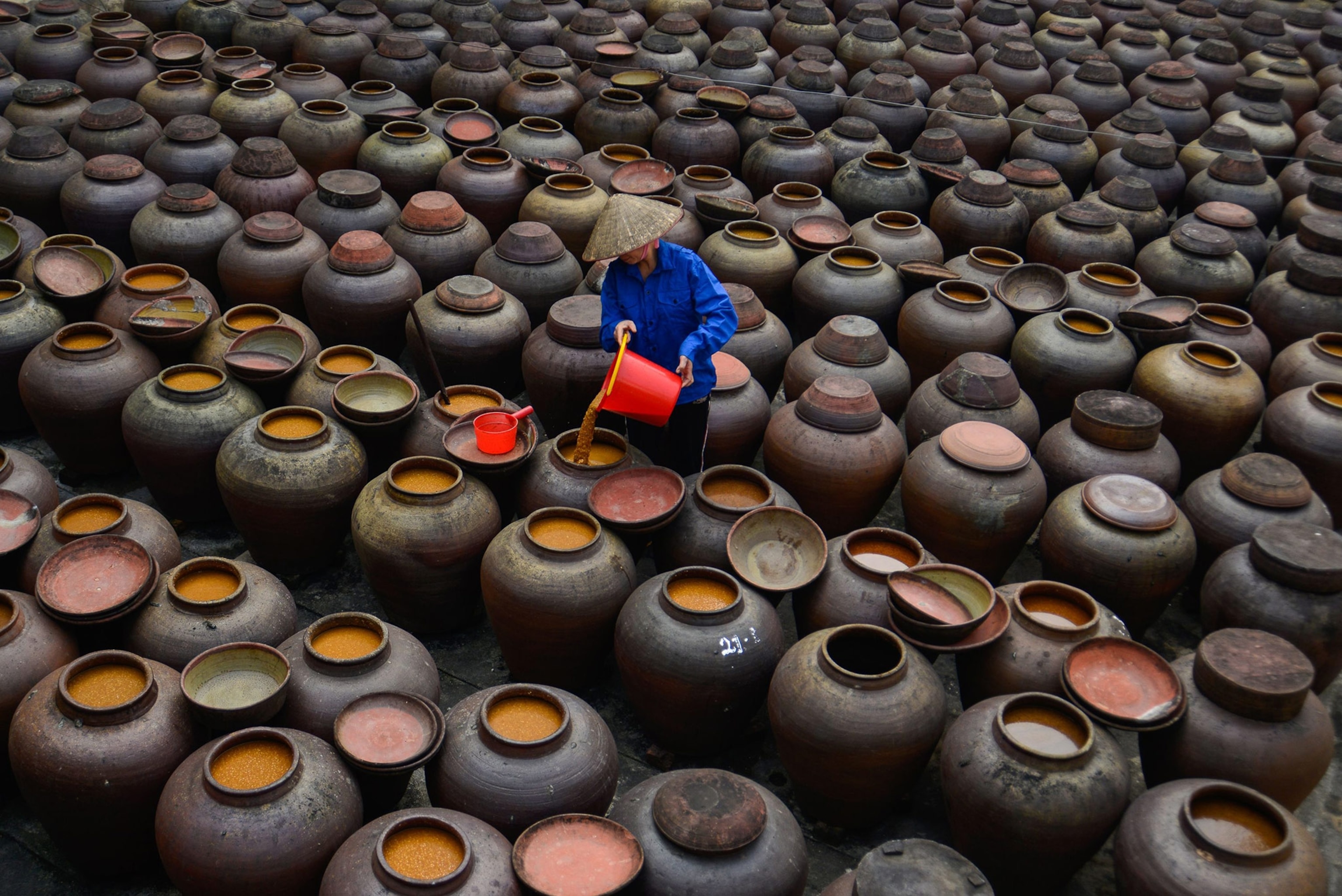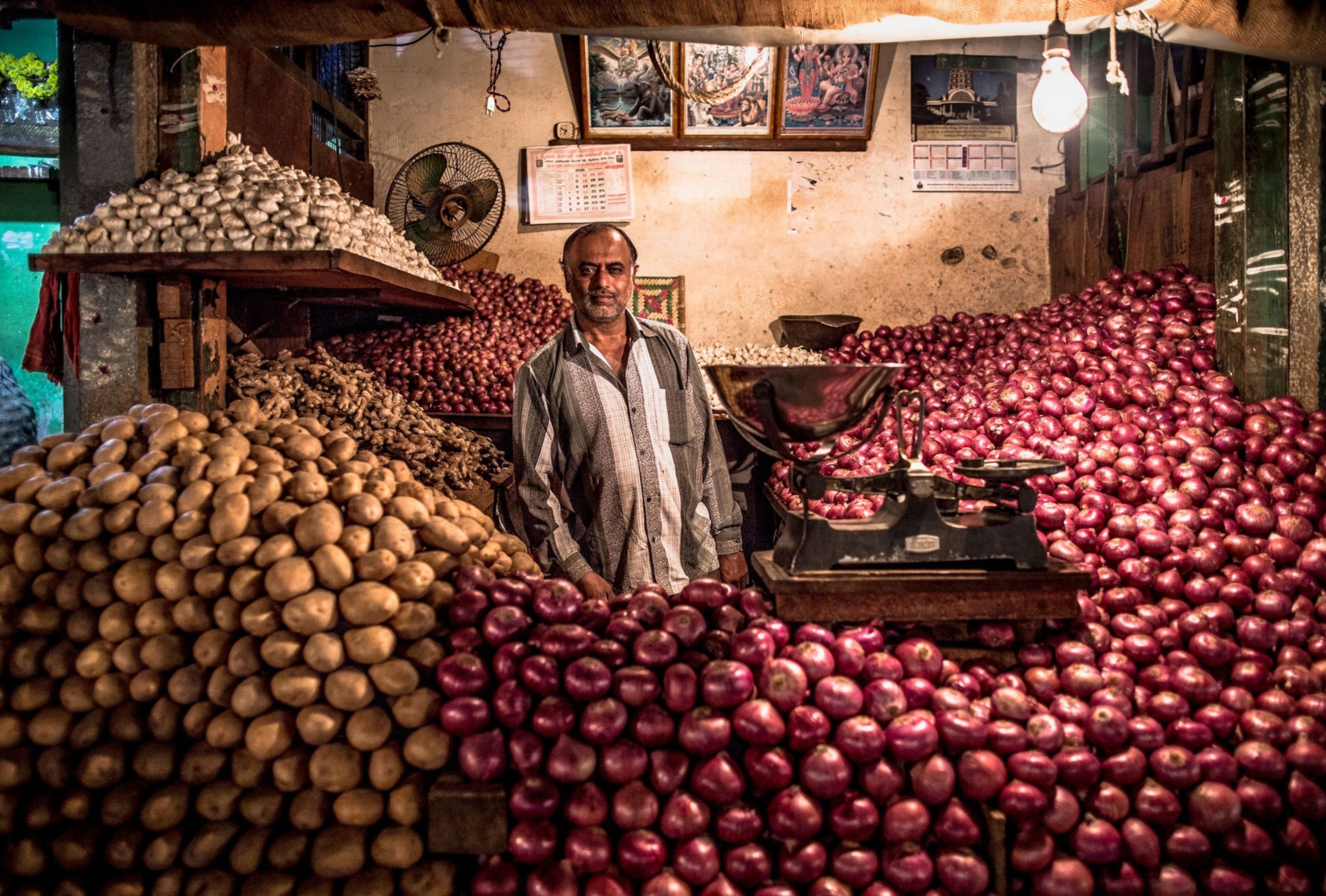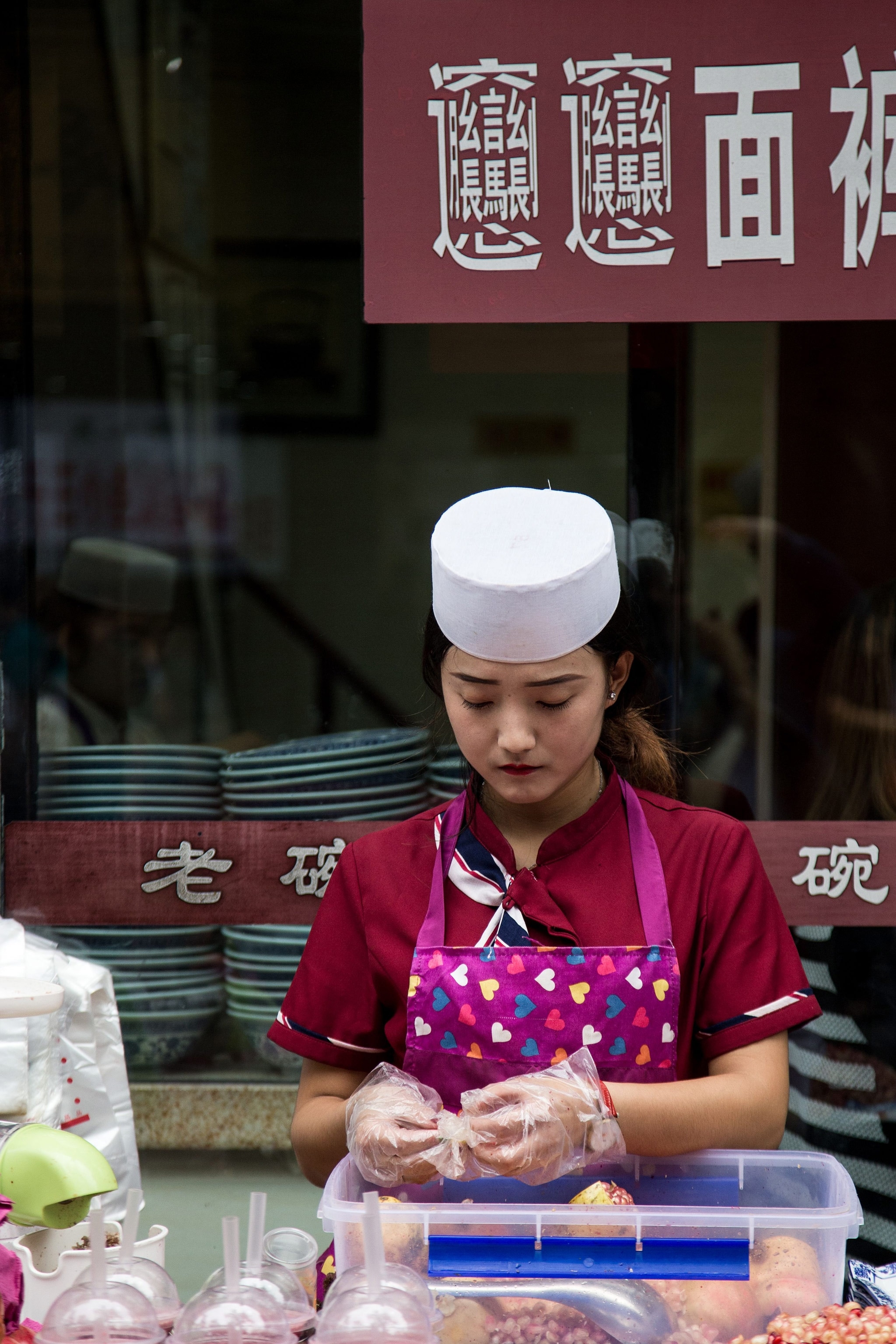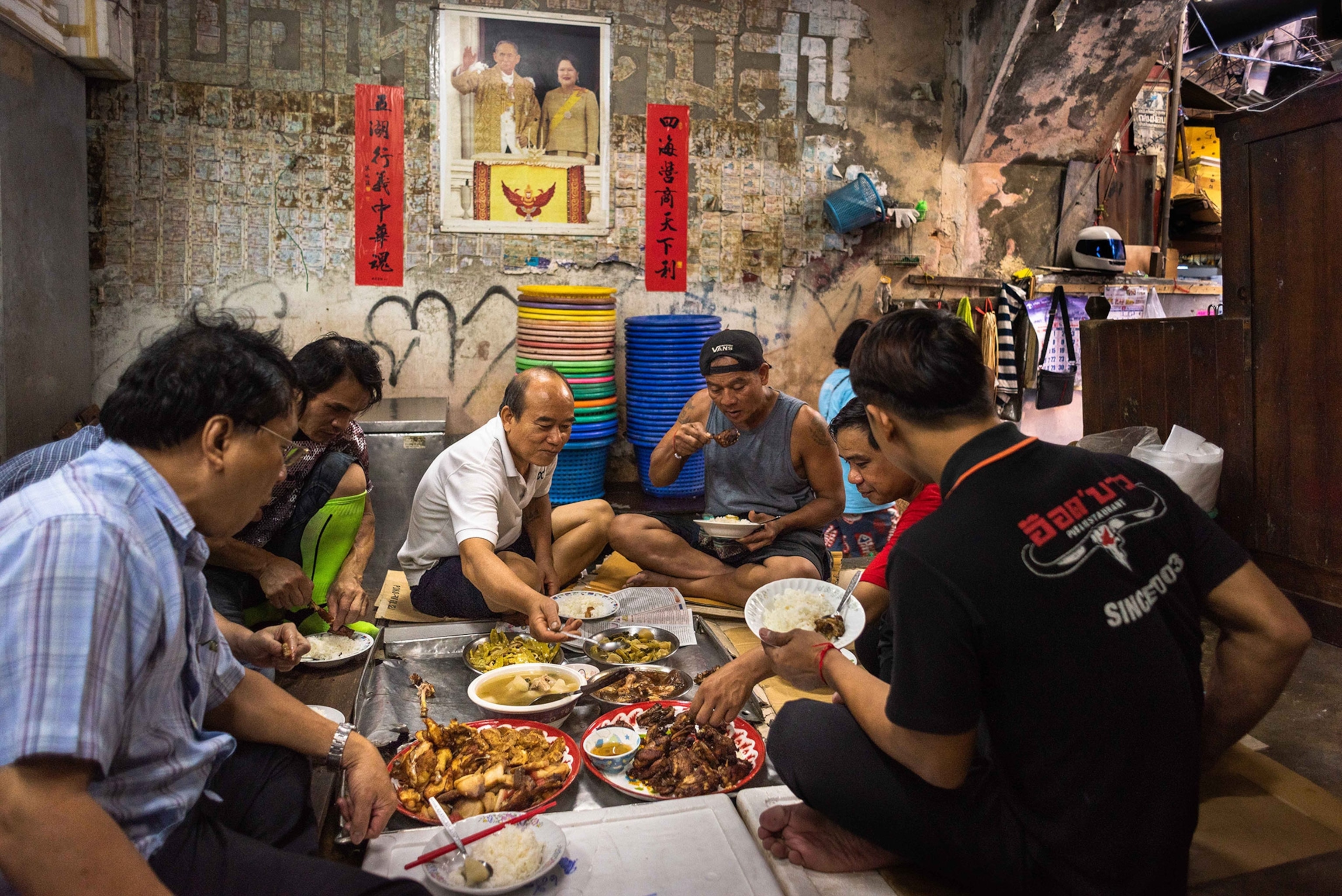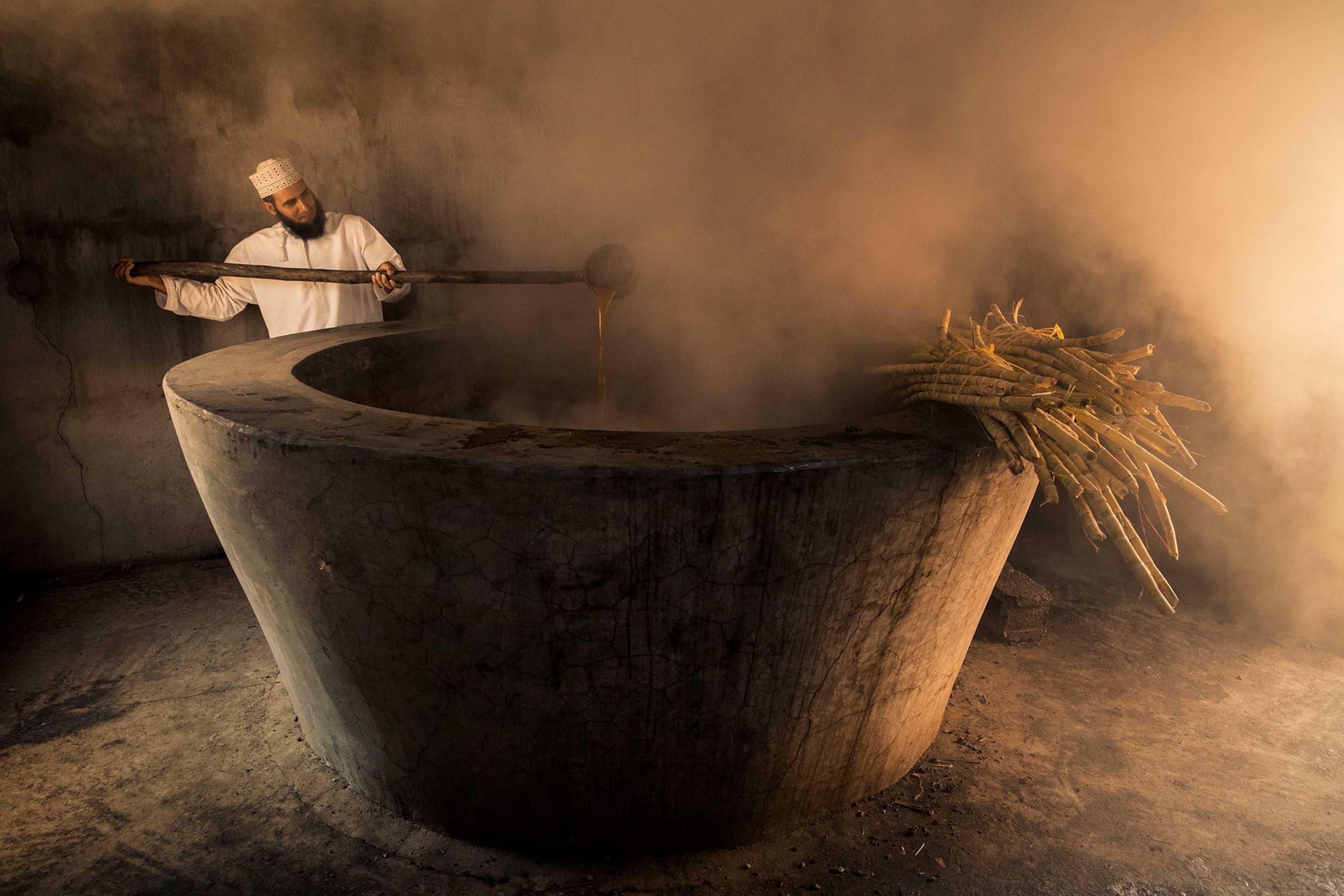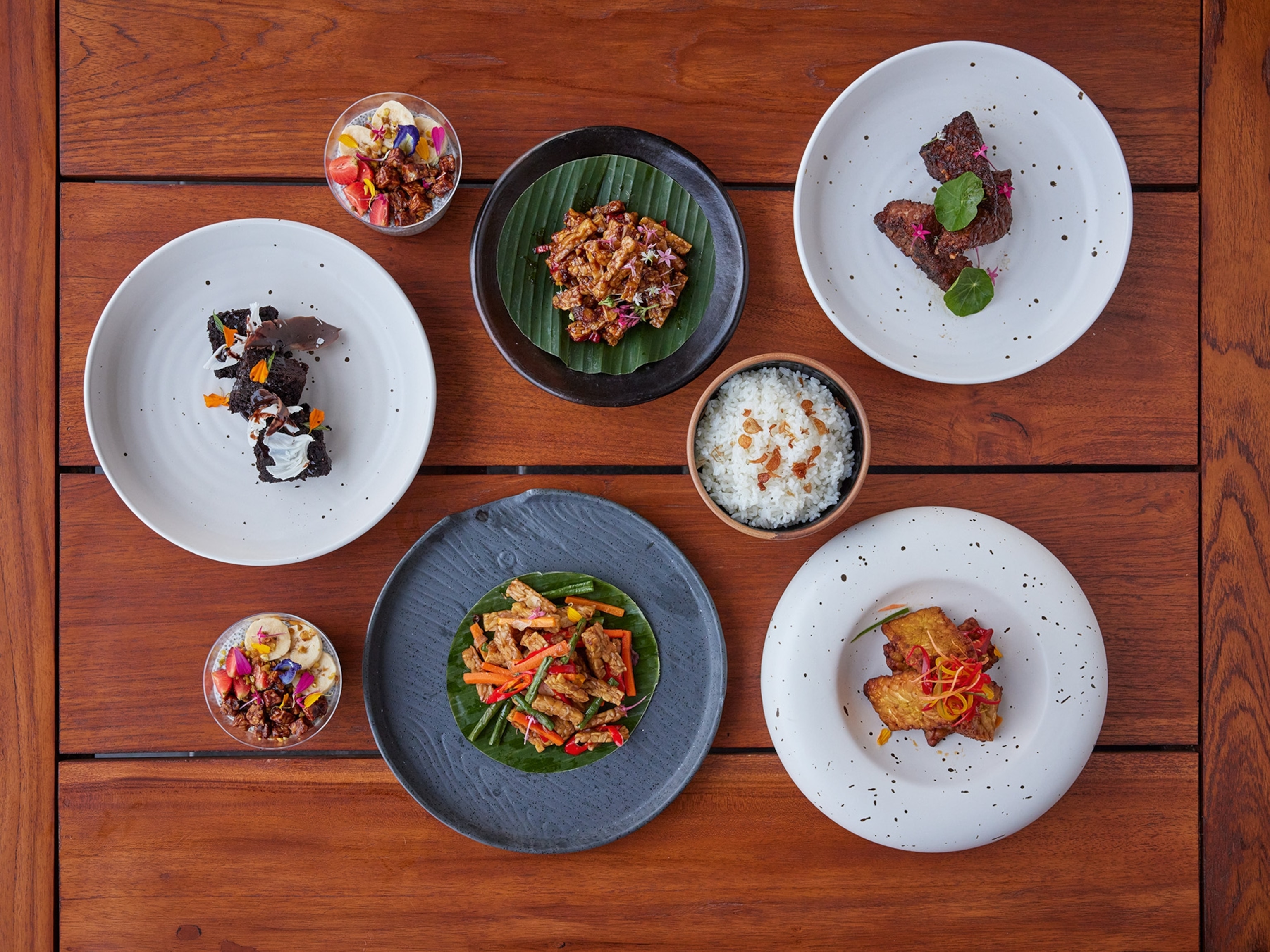
How to cook a piranha? Gordon Ramsay on skills he learned making travel TV
As ‘Uncharted’ returns, the celeb chef chats pepper hunting in India, bull riding in Indonesia, and post-pandemic trips.
Of course, chef Gordon Ramsay looks comfortable in the kitchen. But his popular National Geographic Channel series, Gordon Ramsay: Uncharted, also proves the Michelin-starred chef is adept at trekking through remote rain forests and rappelling off cliffs in search of wild ingredients. As Season 2 of the show launches, viewers can join him in spots from Kerala, India, to rural Louisiana as he lets local experts serve as his professors and cooking teachers.
We spoke to Ramsay on May 26, while he sheltered with his family at home in England during the coronavirus crisis. He discussed his hopes for the future of travel as well as the life and adventure lessons he’s learned while out filming Season 2 of Uncharted, which debuts June 7 at 10 p.m. EST.
How will travel change in a post-pandemic world?
It’s safety first right now. But we can never leave behind the excitement of travel and curiosity—that is fundamentally important. We need to travel and continue taking amazing adventures because there’s something breathtaking in doing that and exposing ourselves to new places. This issue is about time and staying strong, but we need to instill confidence back in one another. That can be done easily through food: breaking bread, understanding cultures, sharing the excitement of adventure and travel.
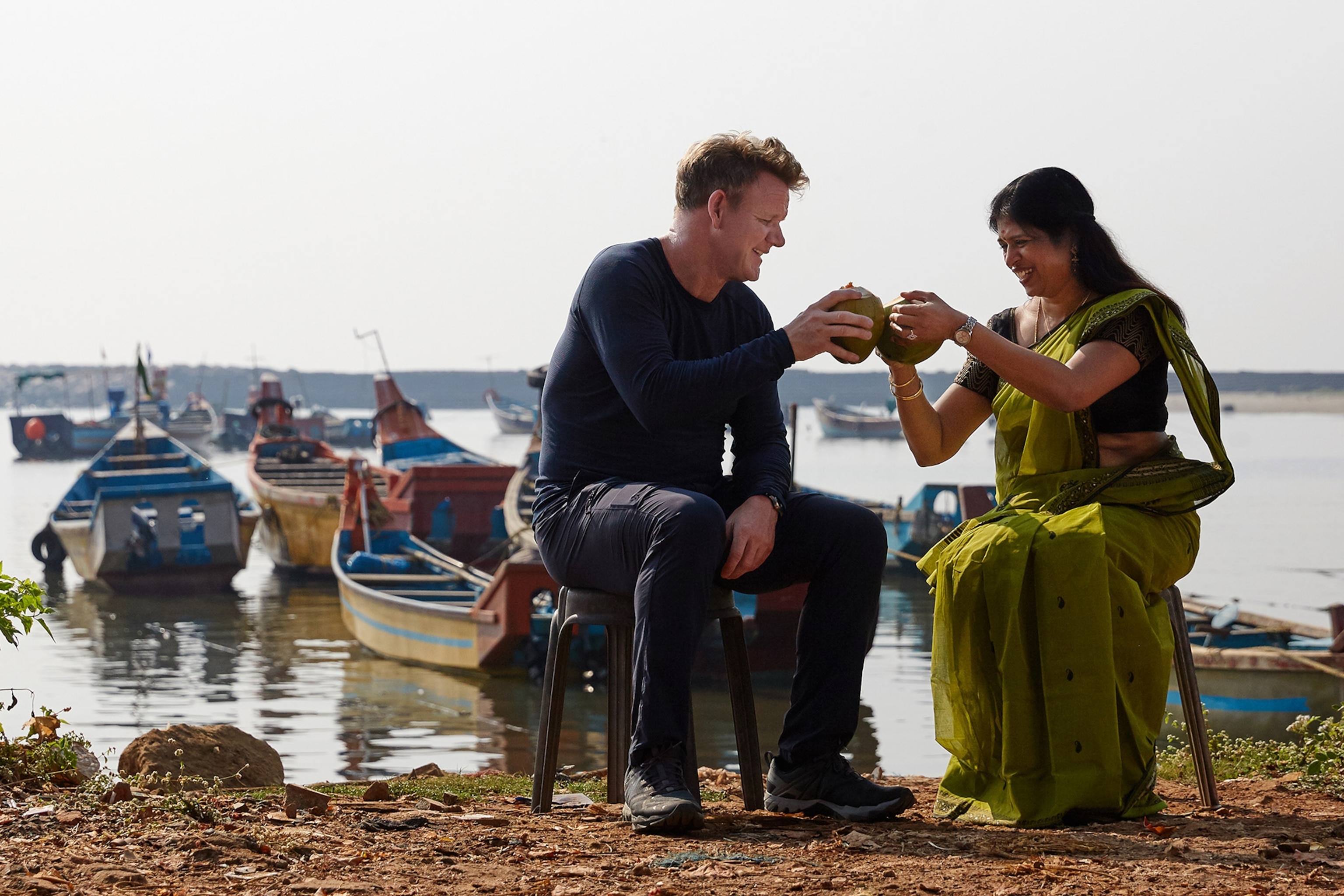
When seeking new adventures, how do you deal with unpredictable events?
I like to manage on the spot. In filming the show, I don’t usually like to be overbriefed. I need to fail two or three times before I get things right. When I was attempting to hold onto two bulls in Indonesia to ski in the mud of a rice paddy, it took a few tries. But every time I use the steering wheel on a car now, I can’t stop thinking about how to turn a bull in a paddy field. I sort of reminisce about what my life has been in Uncharted, but I’m actually happier inside that zone because it all relates to food. I may stick out like a sore thumb, but I love it and I’m seriously comfortable with it all.
Did you draw on any of your travel experiences while stuck at home?
I used some of the techniques I learned while traveling, like butterflying black piranha, which I learned in Guyana. But I did it with a sea bass off the Cornish coast—split it straight down and opened it up, and grilled it over the barbecue and finished it with some lemon. Passing that on to my son just weeks after doing the same thing in the jungle was pretty amazing. No pots or pans, no olive oil, no zester, no chilies, and we got to spend the sunset enjoying this one bass in a different way.
Where do you want to travel after the pandemic subsides?
South America is next. Brazil and Argentina, for instance. The robustness of their food, and the way they grill and preserve, really excites me. Add in the adventure of some of that outback mountaineering, too.
(Related: Learn how guacho cooking and culture thrive in the wilds of Patagonia.)
Did any of the destinations surprise you?
I’ve been to India before, so I thought my familiarity would make things less exciting. But in Kerala, I understood again how the area’s history and regionalization affect how important the peppercorn is to the people there. Just going into the jungle to get peppercorns from the tree and cook with them a few minutes later was a breathtaking experience. Like the beginning of a journey, it gives you the sense of how those foundational blocks began and got layered over time to build a regional reputation. All these things bring back the importance of how good ingredients can taste when they’re sourced locally. There’s nothing like tasting the food of a destination when you’re there.
What should viewers expect in new episodes of Uncharted?
Season 2 for me is like Season 1 on steroids. We’ve upped the ante in terms of the destinations and adventures. It’s a little bit rawer, and we were ambitious. Where we filmed in Guyana, for instance, was one of the deepest and most remote areas of the jungle that I’d ever experienced. Jumping out of a helicopter into shark-infested waters in Durban, South Africa; net fishing in India; and diving in Tasmania all were quite challenging. But in pushing forward in this season, we’ve found much deeper insights and another layer of jeopardy.
What have you learned on the road this season?
One of the big things I’ve noticed is communities [paying] attention to invasive species. People who live in destinations understand the devastation [they] can bring to the environment, like the nutria in southern Louisiana that damage plants’ root systems and destroy the wetlands. It’s been a challenge to make nutria a food item on menus, despite it tasting good, because it’s known locally as a swamp rat.
(Related: Find out how the water-loving, native plant-chomping nutria invaded the U.S.)
In Guyana, it was incredible to see the utilization of what’s under your feet and all around you in the jungle—watching people waste nothing and hunt for what they need that day. I had to take target practice with my new bow and arrow before going out hunting, because you can’t afford to waste arrows when they’re all handmade and essential for survival. Being adventurous to learn about what’s happening locally in all these places helps me understand each destination so much more.

